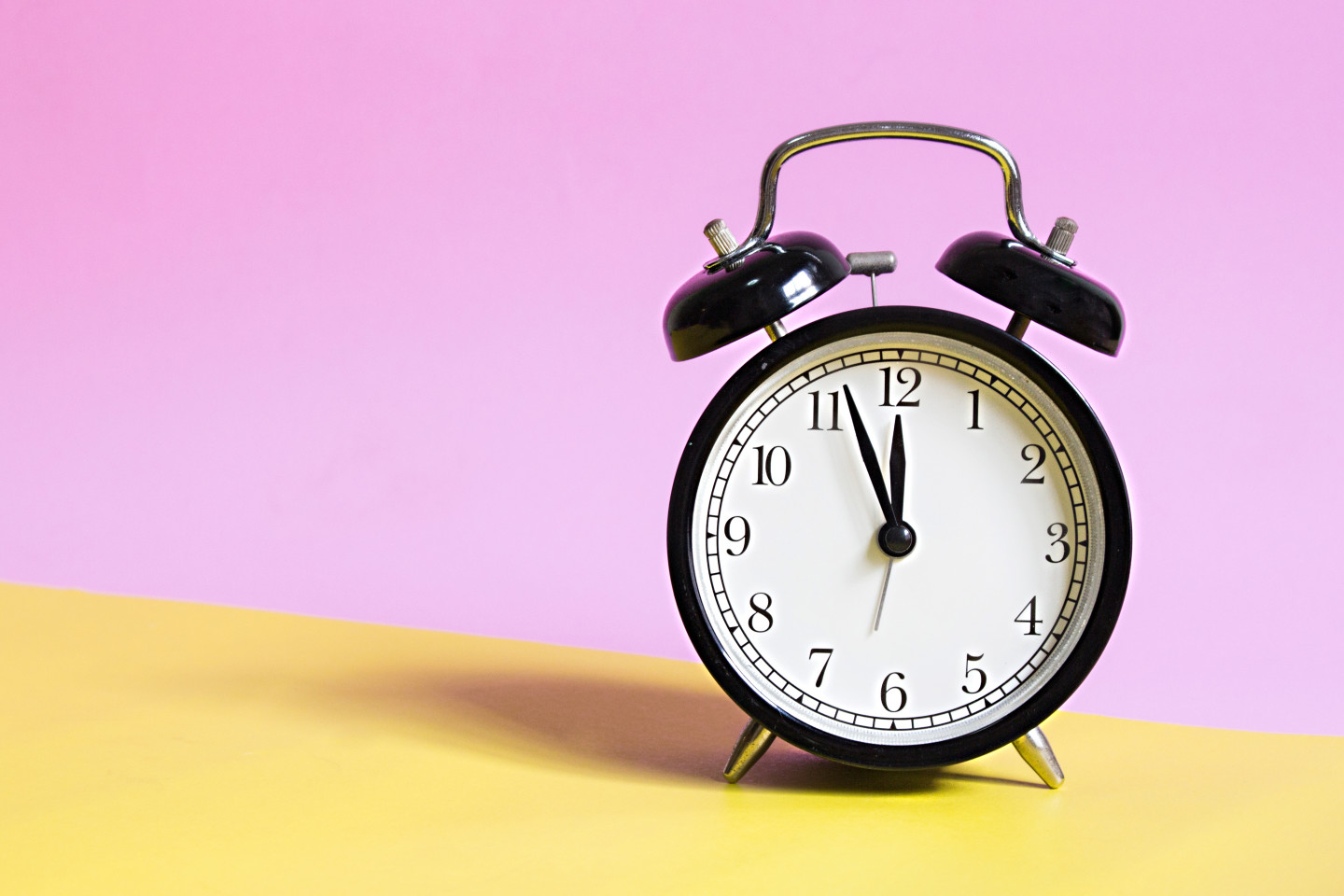To Hustle Smarter, Know Your Peak Hours
Anyone hoping to be more productive can easily find the thousands of tactics and tips to get things done more efficiently. There are to-do lists and “not to-do” lists, reward systems and time-management techniques. All of these offer solid insights about how people might use their hours more effectively.
But what if efficiency isn’t just determined by how you do something, but also when you do it? As it turns out, everyone’s brain is better at different tasks at different times of day. Once you figure your system out, you can get things done better than ever before. Here's how:
Make the Most of Your Waking Hours

Most people are awake for about 16 hours a day, give or take. But within those 16 hours are vastly different degrees of readiness for certain kinds of tasks. Have you ever thought about how you’re more energized in the mid-morning or felt really lazy after lunchtime?
You can identify and break down which times of day are best for you to tackle various projects and really use every hour you’re awake in the right way as a result. But first, let’s figure out if you’re a night owl or not.
It's All About Timing

Most people (about 80 percent) have the same basic flow to the day, which we can generally split into three different segments: A peak (in the late morning), a trough (in the later afternoon), and a rebound (in the evening). But about a fifth of people are “night owls,” more practiced at working after sunset.
If you’re not sure, the easiest way to tell is to think about your sleeping routine on a day where you don’t set an alarm to wake up. What’s the mid-point of your sleep cycle? If it’s later than 5:30 a.m., you might just be a night owl, in which case your peak is at night and your “rebound” comes in the afternoon.
Know Your Peak

The ideal daily routine is easier to plan for than you might think. We focus best during our “peak” time which, for many people, begins in the late morning after our bodies are done waking up.
Our peak time begins in the late morning after our bodies are done waking up.
After you get out of bed, your core temperature rises, and the energy generated from that process makes you sharp, alert, and much better at paying attention to detail. If your job duties include reading or writing something long and complicated or dealing with large amounts of facts and figures, the late morning and early afternoon might be when to tackle that.
Plan For Your Trough

After lunchtime, tasks can suddenly become much harder to accomplish quickly and efficiently. The “trough” is not just something that happens if you eat a particularly heavy meal; it’s a scientifically quantifiable phenomenon. In a 9-to-5 job format, your cognitive faculties decline significantly around 3 p.m., which means you should devote those hours to the easiest work that requires the least concentration like data entry, filing duties, or going through your emails.
Optimize Your Rebound

An afternoon trough doesn’t mean you should abandon all hope of getting anything done for the rest of the day though. In the evening, your brain wakes up again. (The exact time depends on how early you wake up in the morning.) Scientists characterize this time as best for “insight thinking,” when you’re in a better mood and more open to creativity and out-of-the-box ideas.
Don’t Forget to Take Breaks

Optimizing a schedule is important, but so is separating the different periods of your day. Taking a break and fully detaching from work is a great way to recharge and position yourself towards the next phase of your day. It’s also the best way to avoid that mid-afternoon lag: Studies show that a 30-minute break before a difficult or mentally-taxing task is a good way to improve results. However, even a five-minute walk csn help clear your head, center your mood, and reduce afternoon fatigue.
Optimizing a schedule is important, but so is separating the different periods of your day.
All kinds of breaks are good, but “social breaks” (talking with friends or co-workers about something that doesn’t involve work) are best for improving your mood. Meanwhile, “nature breaks” (solitary time spent outside) are better for replenishing energy. Most importantly, don’t bring your work with you—if you’re checking your email on your phone while you’re taking a walk, then you aren’t on a break at all.
Plan Your Productivity

The easiest way to be efficient is to plan. Make a reasonable schedule to break up your daily activities into more mentally-taxing activities (the morning), more mundane chores (the afternoon), and more creatively engaging tasks (the evening).
Include breaks and hold yourself accountable to them so that your body will be suited to tackle everything you plan for. Soon enough, you’ll find that you can get things done better than ever before.
Read next: How to Protect Your Calm From Secondhand Anxiety)
Shine is supported by members like you. When you buy through links on our site, we may earn an affiliate commission. See our affiliate disclosure for more info.

